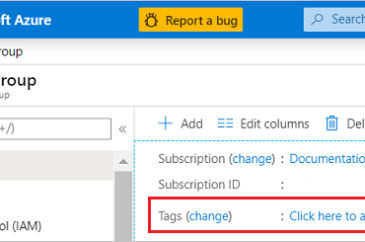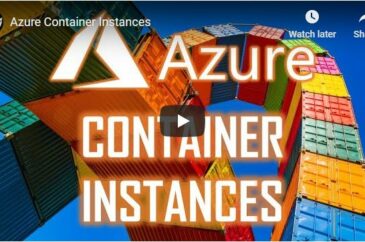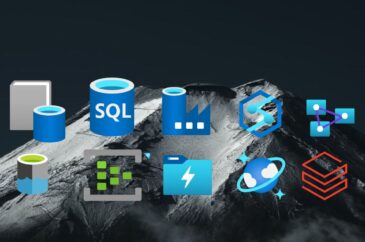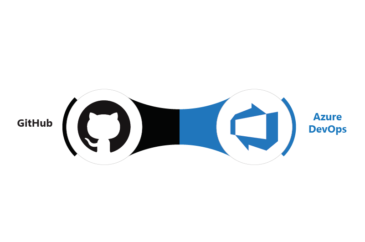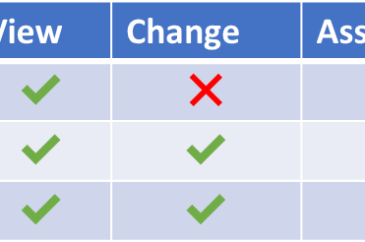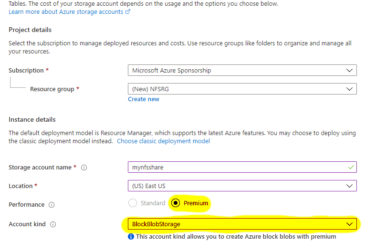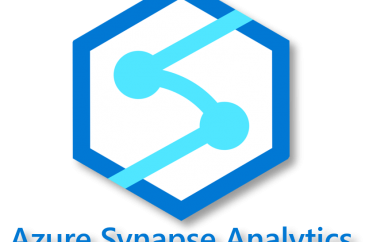
Azure Synapse Analytics and the Modern Data Warehouse
As part of your cloud migration, the challenge of gathering Business Intelligence is amongst the most significant transformations being faced by companies today. The value of gaining insights from your data cannot be understated, and the techniques are changing and shifting. Join Derrick So’Brien, Senior Microsoft Instructor and Azure advocate, as we look at the…
